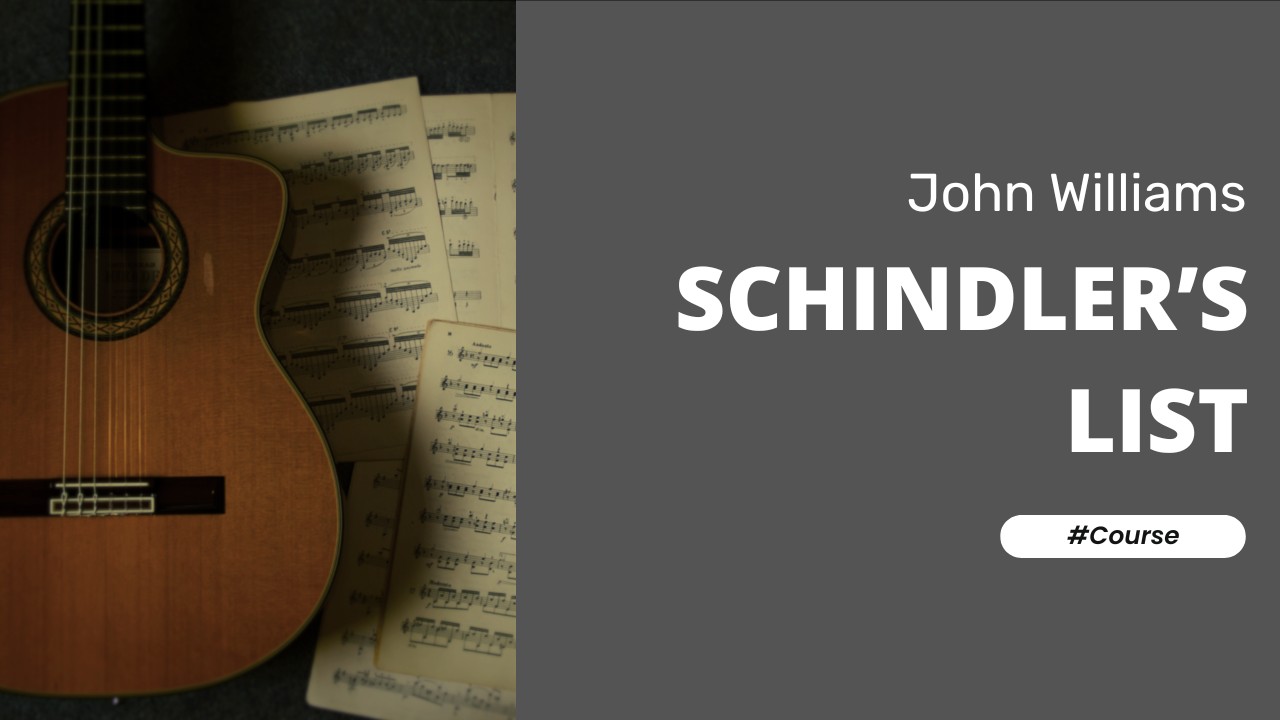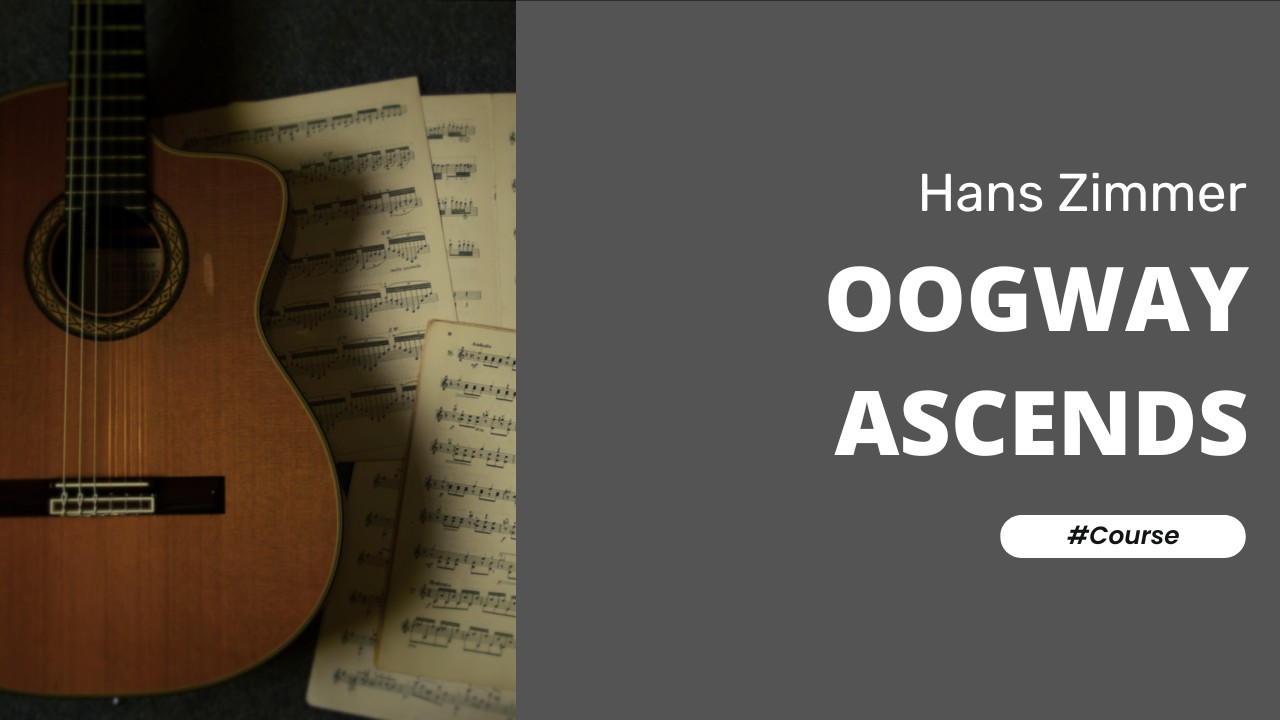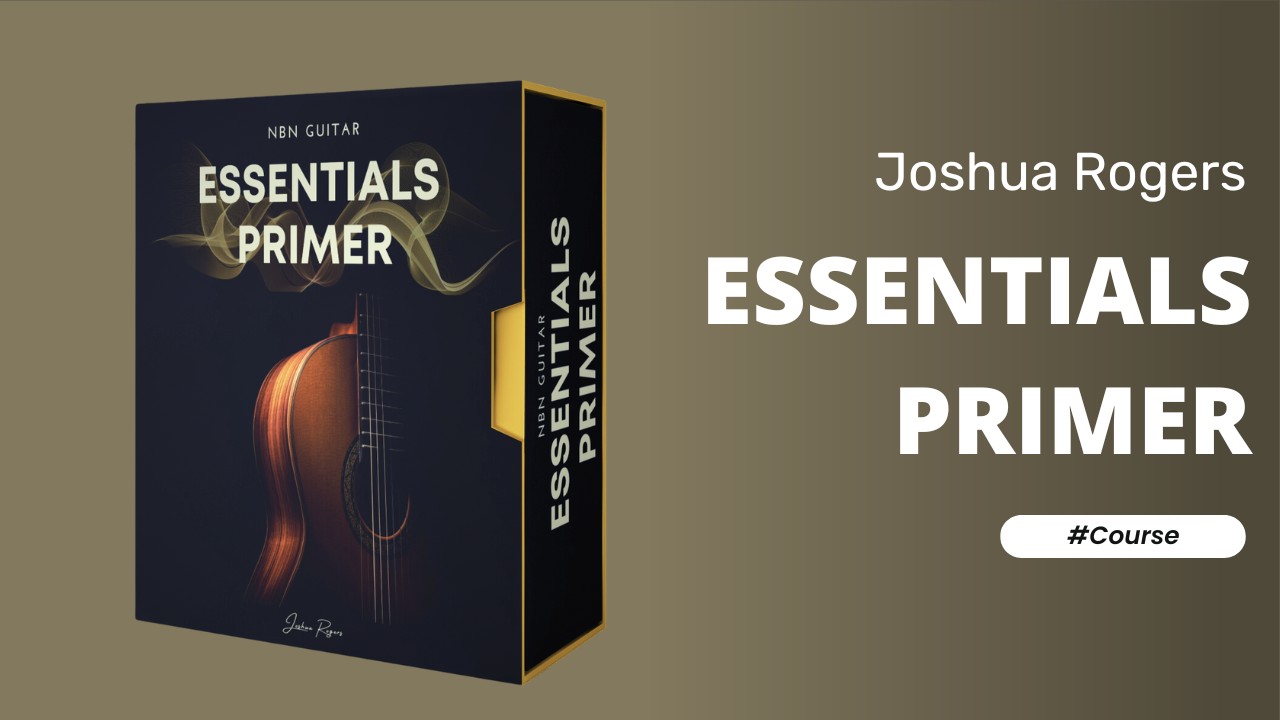Fantasie by Silvius Leopold Weiss
Introduction
Fantasie by Silvius Leopold Weiss was originally written for the lute in the Baroque period probably when he served at the royal courts. He was a prolific composer for the lute and was reputed to have written more than 1,000 pieces of which approximately some 850 have survived to the present day. His works are known for their intricate polyphony, expressive melodies, and rich harmonic language, reflecting the Baroque era’s aesthetic.
“Fantasie” is a testament to Weiss’s mastery of the lute, seamlessly transcribed for classical guitar, allowing modern performers to explore the depth and beauty of his compositions. The piece showcases a range of emotions, from contemplative passages to lively, spirited sections, requiring the guitarist to demonstrate both technical prowess and interpretive sensitivity.
Performing “Fantasie” on classical guitar demands a refined technique and a deep understanding of Baroque stylistic elements. The guitarist must navigate complex fingerings, rapid scales, and intricate counterpoint, ensuring clarity and balance in each voice. The piece also requires expressive phrasing and dynamic control to capture its varied moods and intricate structures.
“Fantasie” offers a rich musical experience, highlighting the guitar’s versatility and expressive potential. Weiss’s ability to blend technical demands with musical elegance ensures that this piece remains a cherished and enduring work in the classical guitar canon. Its intricate beauty and emotional depth make it a rewarding piece for guitarists and a captivating performance for audiences.
As is often the case with the treatment of Baroque music special emphasis must be placed upon the rhythmic pulse of the music. Often performers are criticised by so called ‘Baroque specialists’ that they are ‘romanticising’ phrases and passages in the music instead of approaching it using the methodology of the period. Therefore, I do suggest that this piece be performed with fairly strict attention to the rhythm. Excessive use of ritenuto, ritards, and rubato should probably be avoided.
Technically the piece does have several chords that are challenging due to the extension required by the left-hand however with diligence and a relaxed approach you should be able to overcome these few chords. Remember to make good use of the following 3 left-hand principles:
-
Pivot fingers
-
Guide fingers
-
Preparation
The right-hand is not overly challenged in this piece but do keep it steady and work on producing an even tone with strict articulation.
Musical Style
Silvius Leopold Weiss’s musical style is characterized by its intricate polyphony, expressive melodies, and rich harmonic language, reflecting the elegance and complexity of the Baroque era. As one of the greatest lutenists of his time, Weiss composed music that showcases the lute’s capabilities, often featuring elaborate ornamentation, counterpoint, and variations. His compositions are known for their emotional depth and technical demands, requiring performers to possess both virtuosity and interpretive sensitivity. Weiss’s works have a profound lyrical quality, blending technical sophistication with musical expressiveness, making them enduring staples in the repertoire for lute and classical guitar.
Notable Pieces
Five notable pieces by Silvius Leopold Weiss:
• Fantasie in C minor
• Tombeau sur la mort de M. Comte de Logy
• Suite in D major
• Passacaglia in D major
• Prelude in C minor
Let your fingers fly!
Josh
Course Instructor
Fantasie Course
Learn to play Fantasie
About this Course
Introduction
Fantasie by Silvius Leopold Weiss was originally written for the lute in the Baroque period probably when he served at the royal courts. He was a prolific composer for the lute and was reputed to have written more than 1,000 pieces of which approximately some 850 have survived to the present day. His works are known for their intricate polyphony, expressive melodies, and rich harmonic language, reflecting the Baroque era’s aesthetic.
“Fantasie” is a testament to Weiss’s mastery of the lute, seamlessly transcribed for classical guitar, allowing modern performers to explore the depth and beauty of his compositions. The piece showcases a range of emotions, from contemplative passages to lively, spirited sections, requiring the guitarist to demonstrate both technical prowess and interpretive sensitivity.
Performing “Fantasie” on classical guitar demands a refined technique and a deep understanding of Baroque stylistic elements. The guitarist must navigate complex fingerings, rapid scales, and intricate counterpoint, ensuring clarity and balance in each voice. The piece also requires expressive phrasing and dynamic control to capture its varied moods and intricate structures.
“Fantasie” offers a rich musical experience, highlighting the guitar’s versatility and expressive potential. Weiss’s ability to blend technical demands with musical elegance ensures that this piece remains a cherished and enduring work in the classical guitar canon. Its intricate beauty and emotional depth make it a rewarding piece for guitarists and a captivating performance for audiences.
As is often the case with the treatment of Baroque music special emphasis must be placed upon the rhythmic pulse of the music. Often performers are criticised by so called ‘Baroque specialists’ that they are ‘romanticising’ phrases and passages in the music instead of approaching it using the methodology of the period. Therefore, I do suggest that this piece be performed with fairly strict attention to the rhythm. Excessive use of ritenuto, ritards, and rubato should probably be avoided.
Technically the piece does have several chords that are challenging due to the extension required by the left-hand however with diligence and a relaxed approach you should be able to overcome these few chords. Remember to make good use of the following 3 left-hand principles:
-
Pivot fingers
-
Guide fingers
-
Preparation
The right-hand is not overly challenged in this piece but do keep it steady and work on producing an even tone with strict articulation.
Musical Style
Silvius Leopold Weiss’s musical style is characterized by its intricate polyphony, expressive melodies, and rich harmonic language, reflecting the elegance and complexity of the Baroque era. As one of the greatest lutenists of his time, Weiss composed music that showcases the lute’s capabilities, often featuring elaborate ornamentation, counterpoint, and variations. His compositions are known for their emotional depth and technical demands, requiring performers to possess both virtuosity and interpretive sensitivity. Weiss’s works have a profound lyrical quality, blending technical sophistication with musical expressiveness, making them enduring staples in the repertoire for lute and classical guitar.
Notable Pieces
Five notable pieces by Silvius Leopold Weiss:
• Fantasie in C minor
• Tombeau sur la mort de M. Comte de Logy
• Suite in D major
• Passacaglia in D major
• Prelude in C minor
Let your fingers fly!
Josh
Course Instructor
Fantasie Course
Learn to play Fantasie




